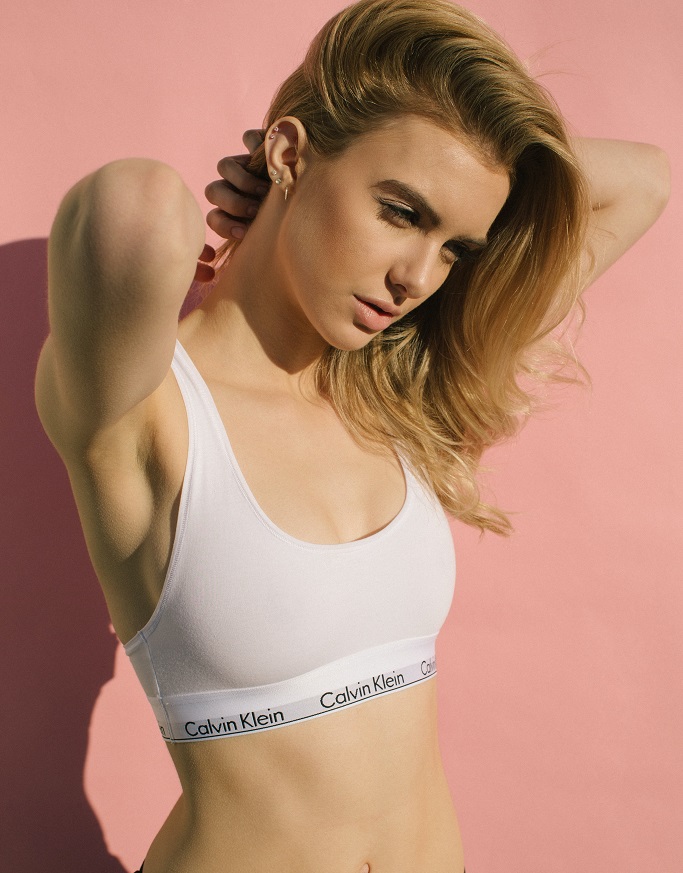Skin Care
CLASSIFICATION OF POPULAR SHEET MASKS
Sheet masks are masks made of paper / non-woven fabric / cotton thread and packed in a bag of a lot of skin nourishing ingredients . With the advanced technology, the nutrients in masks can almost still be on the skin surface for its effect maximization as serums or nourishing cream do.
 |
In particular, because of its convenience and increasingly demanding requirements in choosing types of mask producing material, manufacturers produce lines of sheet masks designed to be more skin friendly, especially masks: MADE FROM 100% NATURAL TREES, or Hydrogel mask made from aloe vera. |
| After being woven, masks will be dipped into a mixture of nutrients in order to create masks with specialized formulas.
The more sophisticatedly woven and compact the mask is, the greater its ability to contain more nutrients and penetrate the skin is. |
 |
Sheet masks made of non- woven fabric
Non-woven cloth is material commonly used to produce sheet masks. However, this fabric has a shortcoming in”transporting” nutrients from the mask into the skin. Because of the nature of the fabric, the nutrients evaporate quickly.
Lyocell
Lyocell, also known as Tencel – is a biological fabric made from bamboo fibers. This is a natural fabric, 100% biodegradable material.

In terms of its texture, the fabric is so soft and able to prevent skin irritation, suitable for extremely sensitive skin. Lyocell masks are softer and more absorbent than cotton, almost transparent, and fit face contour and can ‘deliver’ nutrients onto the entire face well.
Hydrogel

Bio cellulose
Bio cellulose is a natural material, made of super fine cellulose fiber, produced by the fermentation of coconut juice. Originally, Bio Cellulose was used in medicine to help treat burns and wounds thanks its skin connecting ability and moisture retainability. Later, Bio Cellulose was used in cosmetics. Like lyocell, Bio Cellulose is also 100% biodegradable, environmentally friendly.













